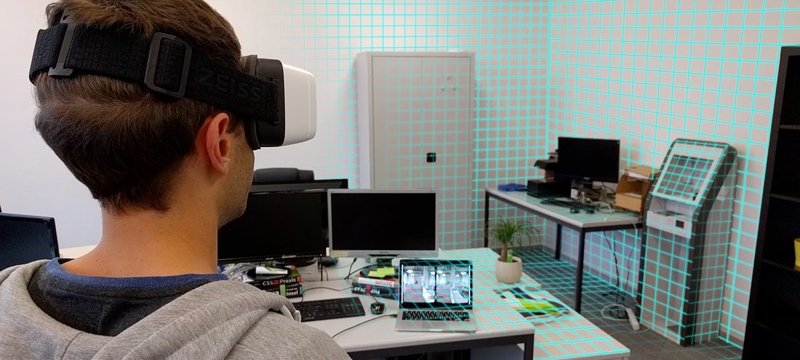If, like me, you have a Google alert set up for “smartphone 3D scanning,” you probably read a lot about Dacuda. This company cut its teeth with relatively simple 3D scanning technology for iPhones built on proprietary SLAM algorithms (isn’t everything, these days?). So far, they’ve put that SLAM Scan 3D engine to use for scanning your food, and putting your face on a superhero. Fun but not commercially viable stuff.
Now, they’re doing something much more interesting with smartphone 3D: scanning rooms to make better VR.
Let me back up. If you’ve ever used VR, you’ll know how weird it feels to be able to look around in 3D space, but not move through the world you’re seeing.
Enter Dacuda. They just posted a video demonstrating how their SLAM Scan 3D engine can be used in a smartphone to supply this spatial movement data to an external VR device. In the video, you’ll see the tester moving around like they’re actually present in the VR world, taking full advance of 6 different degrees of movement.
Dacuda calls it “room-scale VR” and you can imagine the uses it might have for exploring VR models of a facility, or construction site. It can even be used to play Steam VR games.
Most currently available solutions require external sensors for tracking. This requires an extra outlay of cash on top of the original purchase of the VR device. Worse, it requires the installation and calibration of external sensors. None of this sounds very enticing to users who want to pop on the headset and go.
You’re likely to see more solutions like this in the near future since Oculus has started shipping Rifts and Google is working on their own VR devices under the name Daydream. Google in particular is primed for “room-scale VR,” since their indoor-mapping Tango devices could theoretically be dropped right into the Daydream visor to provide tracking information.
In other words, you can consider this a sign of things to come.






